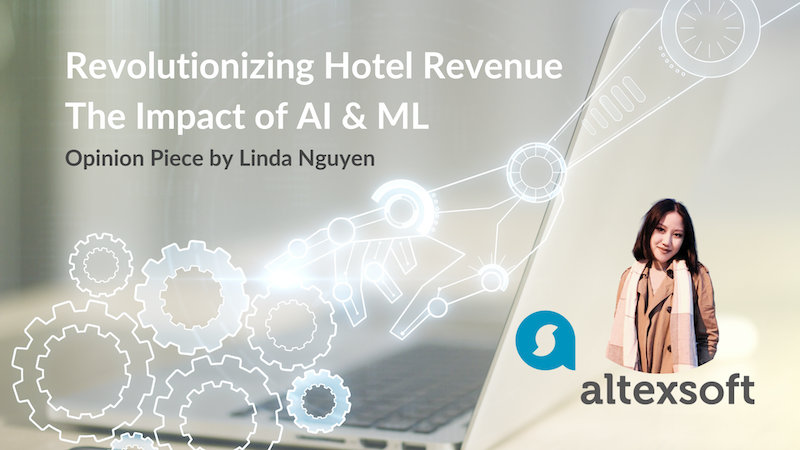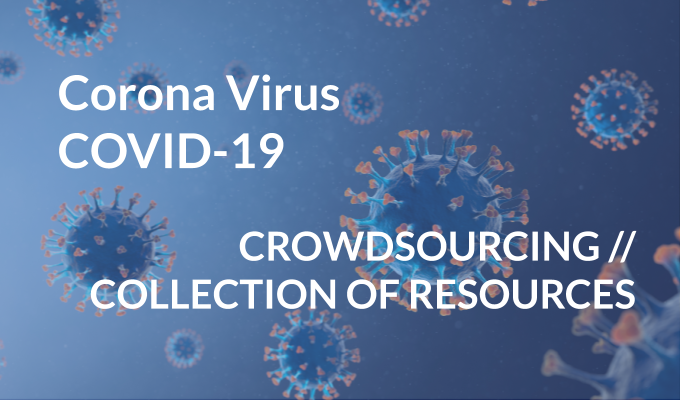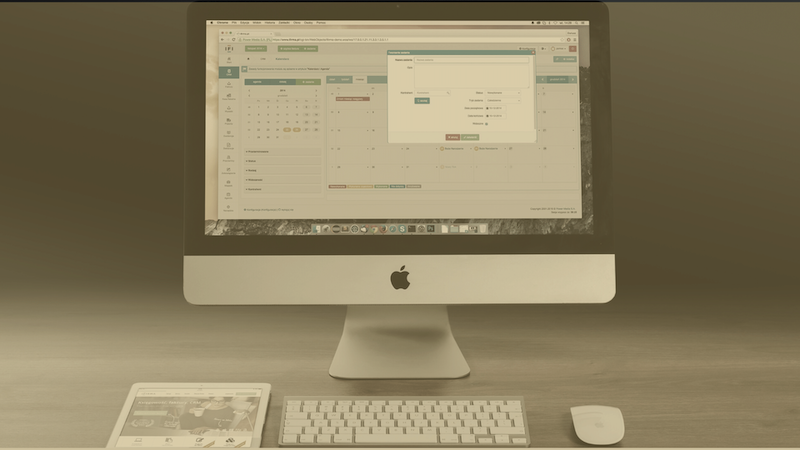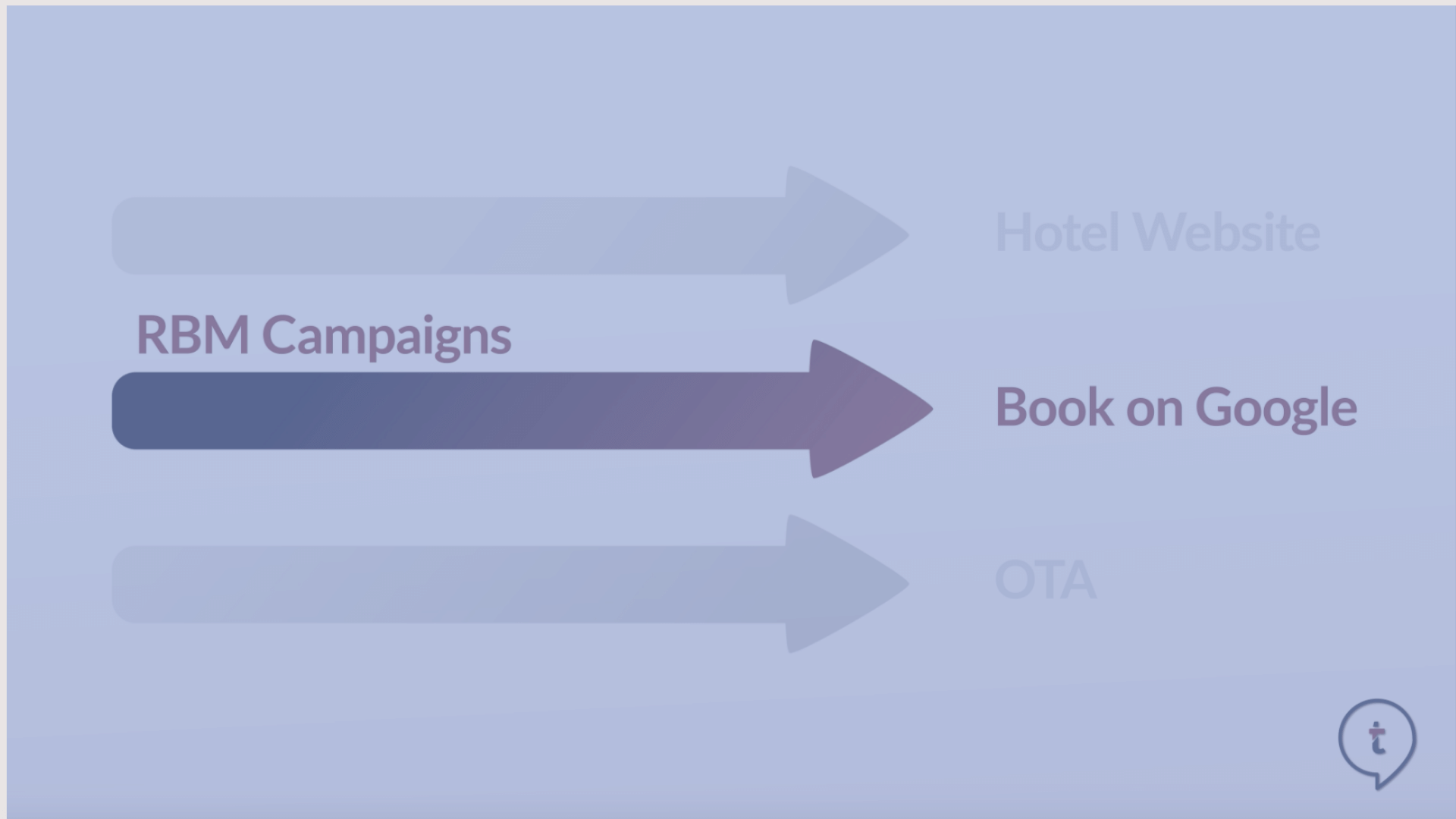How ML and AI are Changing Revenue Management for Hoteliers
Author: Linda Nguyen - Altexsoft
In the hotel revenue management landscape, harnessing the power of AI and machine learning unlocks a wide range of opportunities. With their help, you can process large amounts of data, obtain accurate insights, make predictions, and eventually craft effective revenue management strategies to maximise profitability.
In this article, we'll cover the main components of hotel revenue management, explore the applications of AI and machine learning, and offer some recommendations for effectively implementing these technologies in your revenue management strategies.
Hotel revenue management components
Before we explore how machine learning elevates hotel revenue management, it's essential to understand the interconnected components that work together to optimise a hotel's financial performance.
Customer segmentation. It involves categorising diverse groups of travellers by shared characteristics or behaviours. This approach enables hotels to tailor their approach and services, creating customised deals for different travellers. Customer segmentation opens up opportunities for profit optimisation through methods like adjusting room rates for different traveller segments or offering service packages.
Demand forecasting. The primary goal of demand forecasting is to predict and define future demand by analysing patterns of past demand, as well as current and future events. This also informs strategies related to pricing, distribution, and marketing.
Inventory management. This refers to the effective allocation of hotel rooms and picking the best channel on which to sell them. It must strike the perfect balance between occupancy and revenue, defining where and how rooms are sold and the cost-effectiveness of distribution channels.
Yield management. With a focus on understanding customer behaviour, the goal of yield management is to sell the maximum number of rooms at optimal prices based on customer demand. Various practices are often employed to optimise inventory and revenue, such as maximum length of stay (MaxLOS), minimum length of stay (MinLOS), last room availability, and allotment.
Pricing. Pricing is a critical aspect that significantly impacts guests' decisions in hotel selection. Hotels rely heavily on market analysis to set optimal rates, which entails understanding when and how travellers make reservations, what factors influence their decisions, and their expectations. It is also important to consider early rate setting as it facilitates capturing bookings from travellers who plan their trips well in advance.
Understanding the fundamental components of hotel revenue management sets the stage for comprehending how machine learning improves these strategies. Now that we have explored the basics let's delve into the role of ML in optimising revenue in hospitality.
Hotel price forecasting
Dynamically setting the right price every day is crucial for optimising revenue per available room (RevPAR) and occupancy rates, major KPIs in the industry.
In today's competitive landscape, precision is essential, and the application of machine learning to price forecasting enhances this precision. This section will examine the data commonly employed in machine learning algorithms for revenue management. Then, we'll talk about how this data can be used to train machine learning algorithms to forecast ADRs and occupancy rates and eventually define the best prices.
Hotel data types and sources
Hospitality data can be gathered from internal and external sources.
Internal sources are hotel management software, hotel websites, and mobile apps. They include:
- booking history,
- transaction details,
- historical pricing,
- user behaviour,
- customer profiles with demographic information and
- records of interactions with customers.
External sources are hospitality data providers, third-party platforms, weather reports, social media, and travel blogs. These channels include information about:
- competitors' rates and activities,
- travellers' experiences and preferences,
- popular events,
- industry trends,
- economic state, and
- political situations.
Next, let's explore how Machine Learning can be used with this data.
Occupancy and ADR forecasting
One of the approaches to optimising pricing involves predicting occupancy rates regarding your prices and competitors. The occupancy rate is the percentage of currently occupied rooms. In hospitality, higher prices typically lead to lower occupancy rates and vice versa.
While you can rely on historical and seasonal figures to forecast occupancy, this approach lacks precision and doesn't consider extra factors, such as local events, competitor pricing, etc. So, occupancy rate predictions using machine learning are gradually gaining popularity.
For example, Key Data Dashboard, a US-based data provider focusing on short-term rentals, collaborated with AltexSoft to create an AI-driven occupancy rate forecasting tool. Our data science team harnessed over two years of historical data from Key Data's extensive network of 700+ partner PMSs within the vacation rental industry. The data included 120,000 property series and 20,000 area series and was used to train a deep-learning model capable of predicting occupancy rates for the upcoming month.
However, predicting occupancy doesn't directly lead to price forecasting. Another example from our experience is Rakuten Travel. Here, we tried to solve the price forecasting problem for a small hotel owned by the Japanese booking platform.
We combined average daily rate (ADR) with occupancy rate predictions. ADR is a hotel metric that measures the average revenue earned per occupied room over a specific period, considering all room types and rates.
The solution involved two ML models. The first was trained on competitor pricing data and predicted competing hotels' ADRs for given dates. Then, these forecasted competitor ADRs and the hotel's own supposed ADR were used as the input for the second model that predicted occupancy rates. This allowed revenue managers to see how rate differences impact occupancy and eventually adjust hotel prices to maximise revenue.
Besides ADRs, the second model considered such attributes as seasonality, holidays, day of the week, market circumstances, and other factors that shape a hotel's occupancy.
This is just one of the examples of how hoteliers can employ their data to make better pricing decisions. Another opportunity is to employ AI if you use an open pricing strategy.
Discount forecasting for open pricing
Discount Forecasting is normally discussed in terms of a traditional BAR (Best Available Rate) approach and a more flexible open pricing strategy. With BAR, hotels set a fixed minimum price for standard room types. To set rates for other room types, hotels apply modifiers — a predetermined amount added to the base rate either as a percentage or as a fixed fee. The BAR can be raised or lowered due to demand shifts, while all discounts for specific channels and promotional rates remain fixed.
However, hotels often want to consider more factors when determining room rates and need more flexibility. This is where the open pricing strategy comes into play. Open pricing is a more flexible pricing approach. Here, the rates and the percentage of discounts are not fixed and may be adjusted dynamically based on demand, distribution channels, and guests' preferences for different room types and customer segments. This approach allows setting the best rates and discounts for various segments and channels.
For greater accuracy and efficiency, machine learning can be incorporated into technology solutions designed to support open pricing initiatives. These solutions leverage real-time data analysis and swiftly respond to market conditions, allowing hotels to promptly adjust their pricing and stay competitive in a dynamic market.
For example, Duetto, a revenue management system, optimises hotel pricing by considering different segments, channels, and room types. It analyses various data from PMSs, booking engines, and the website. Duetto employs real-time dynamic optimisation and machine learning algorithms to adapt prices in direct response to market changes.
Beyond pricing is another revenue management player employing ML-based open pricing tools. The system considers days of the week (DoW), seasonality, and location for accurate pricing. It recognises that DoW pricing can vary significantly even in nearby areas. For upcoming local events, the ML algorithm uses data from OTAs to identify and respond rapidly to demand increases unrelated to seasonality or DoW. To handle pricing for events scheduled far in advance, the algorithm uses historical data for known events to estimate demand based on past years.
Additionally, the ML algorithm monitors the future prices of other hotels. It detects pricing anomalies that can lead to market changes. As a result, these algorithms ensure confident pricing for every day of the year.
Attribute-based shopping and personalisation
Attribution-based shopping (ABS) is a relatively new approach to managing rooms that allow guests to personalise their experience based on desired service attributes. Traditionally, hotels offer preset combinations of room types and rate plans that align with the guest's search criteria. Room types are typically categorised based on the kind of bedding they offer.
At the same time, rate plans represent different amenities that enhance a guest's stay, such as meal packages or attraction passes. This rigid approach often fails to optimise guest satisfaction for those with specific needs requiring a certain combination of attributes. ABS addresses this issue by allowing guests to choose various attributes and rooms individually.
While implementing the ABS idea is still in its infancy across the industry, some hospitality startups such as GauVendi and ROOMDEX already offer booking systems that sit on top of existing PMSs and can adapt room type/rate plan inventory to ABS.
Machine learning can improve ABS by streamlining and personalising offers during shopping. It helps analyse historical data to identify customers' preferences and booking patterns and capture the booking context. This way, hotels can present only those options that are likely to appeal to a particular guest at the moment. For example, a business traveller may be offered a quieter room facing a garden, while a family with kids will see the room facing a pool among the first results. Instead of navigating through a long list of choices, customers can avoid decision paralysis and tailor their stays quicker by picking specific attributes from a personalised selection. And the ABS concept goes hand in hand with cross-selling and upselling opportunities.
Personalised cross-selling and upselling
Cross-selling and upselling techniques enhance the customer experience and increase revenue. Upselling involves offering customers a higher-quality product or service, often at discounted rates, to encourage additional purchases. Conversely, cross-selling offers extra services or products related to the customer's purchase, thereby increasing the average spend. The offers often include dining packages, wellness services, and late check-out options.
These techniques are implemented at specific stages of a guest's journey. Upselling occurs during the booking process or after a reservation has been made. Cross-selling is employed after the property receives the initial reservation. It may extend to the period just before or upon the customer's arrival. Examples include room upgrades, service packages, add-on activities, and in-room extras like upgraded amenities.
Incorporating machine learning into upselling and cross-selling efforts can significantly improve these processes. ML models use past data to identify opportunities for suggesting additional products or services. Machine learning algorithms identify similar customers based on past purchase patterns when analysing a customer's history. Using this information, hotels can upsell by recommending products or services similar customers have already purchased but the target customer has yet to consider. For cross-selling, machine learning considers the broader context of customer preferences by considering combinations of items frequently purchased together, even if they belong to different product categories.
This ensures that customers receive relevant offers at the right time, ultimately increasing sales and boosting customer satisfaction. Specific software modules, such as booking software and front-office modules, also help implement upselling and cross-selling. Booking software may incorporate advanced tools that leverage data from past reservations and user actions on the hotel website. Based on the gathered data, personalisation is implemented.
Front-desk software, primarily designed to manage day-to-day hotel operations, can be used for upselling and cross-selling, as some include customer segmentation features. This allows hotels to categorise guests based on specific characteristics or behaviours. Ultimately, various offers can be tailored to match unique preferences and automatically presented to guests during different stages of their stay.
The multiple-choice screen with enhancement options on the Village Hotels website.
For example, at Village Hotels (UK), guests are offered the opportunity to enhance their experience during the online check-out process on the website. After selecting their room, guests are presented with relevant offers. They include enhancements like early check-in, unlimited buffet, or swimming pool access.
Tips for adopting AI and ML in hotel revenue management
Successful adoption of AI and ML technologies in hotel revenue management requires a holistic approach, considering technological and organisational aspects. Here's what we consider five key factors when integrating AI and ML into your hotel revenue management processes:
1. Start by defining clear objectives. Understand your goals and outline KPIs that align with your revenue management targets. Develop a well-structured roadmap with milestones and timelines for each implementation phase. This clear direction will guide your AI and ML initiatives effectively.
2. Another crucial aspect of AI and machine learning adoption is data. Collect required data from various sources, including historical bookings, customer demographics, competitor pricing, etc. Implement data validation and cleansing to ensure accuracy. Invest in a robust property management system for efficient data storage and access. Quality data is the foundation for successful AI and ML utilisation.
3. Focus on data security—Prioritise compliance with proper regulations and responsible data handling. Implement data governance policies to build customer trust. Train your staff in data security best practices and ensure appropriate data access controls to prevent potential data privacy violations.
4. Collaborate with or build a team of ML specialists and data scientists with domain knowledge who understand the nuances of the hospitality industry. Extend this data-driven mindset across all departments through staff training, ensuring they grasp the value of AI and ML in revenue management. Foster a culture of openness to embracing innovative technology within the organisation.
5. For sustained success in AI and ML integration into hotel revenue management, establish a system of continuous improvement. This involves regularly monitoring shifting market dynamics and optimising ML models accordingly. Cultivate the environment of constant learning within your teams, keeping them updated on the latest advancements. This commitment to staying informed ensures your organisation maintains its competitive edge in the industry.

Linda is a tech journalist at AltexSoft, specialising in travel technologies. With a focus on this rapidly evolving industry, she delivers insightful analysis and reporting on the technologies and latest innovations that influence the world of travel. Beyond the professional domain, Linda's passion for writing extends to novels, screenplays, and even poetry, showcasing her multifaceted interest in various forms of literary expression.





![V03: The History of Hotel & Travel Technology | [Updated] Infographic](https://techtalk.travel/storage/app/uploads/public/63f/e6f/ec8/63fe6fec80447817849943.jpg)



Create an account to access the content.
Get access to Articles, Video's, Podcasts, Think Tanks, Infographics and more.
Click “Sign In” to accept our
Terms of Service Privacy Policy